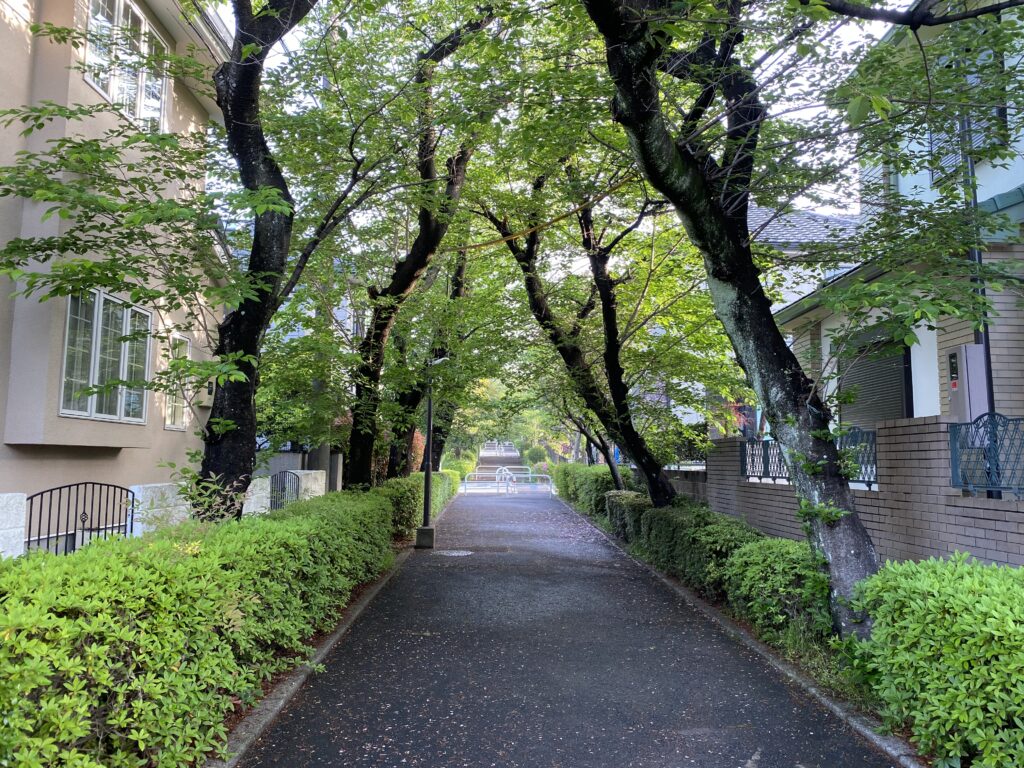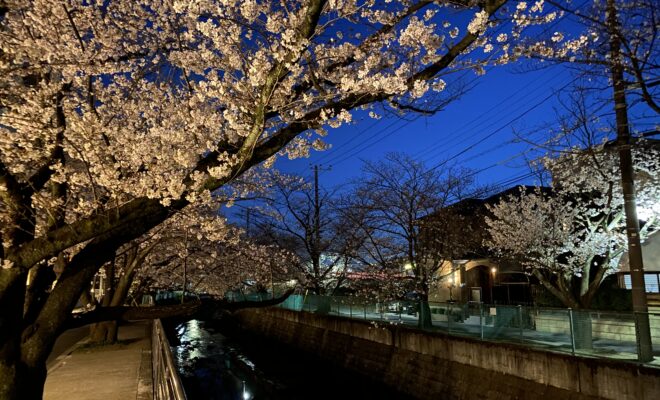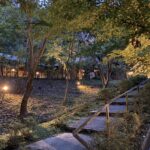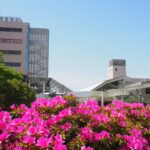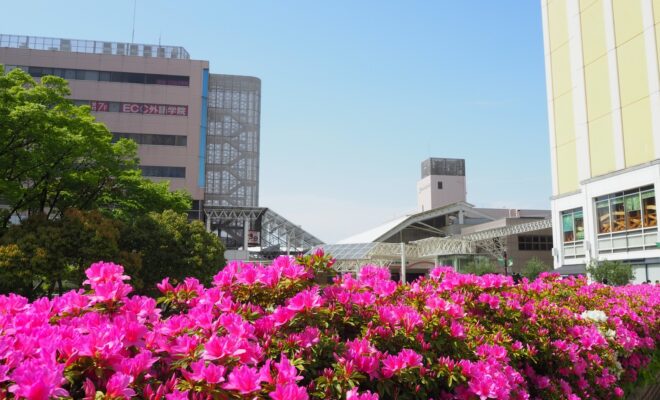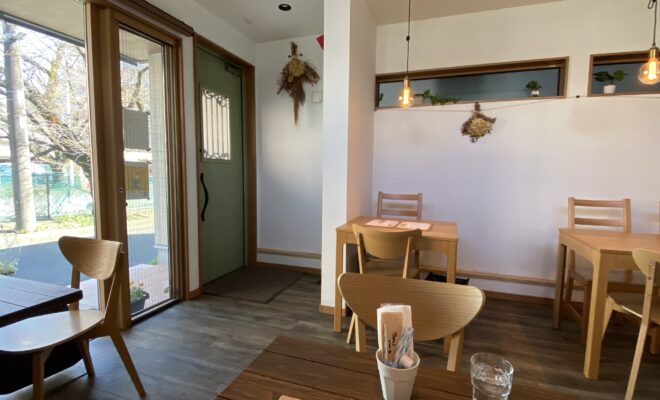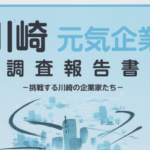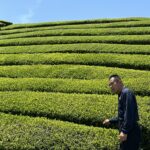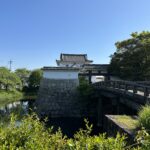Old, but New Town
Introducing Asao Ward, Kawasaki City. Kanagawa Prefecture has a population of 9.23 million, with Kawasaki City at the eastern end and Hakone Town at the western end. Kawasaki has a population of 1.54 million, making it the second largest metropolitan area after Yokohama with 3.77 million. By the way, Hakone town has 11,000 people. Hakone town is about 1 hour (80km) away from Kawasaki city by highway.
Asao Ward in the northern part of Kawasaki City has a population of about 180,000. From Shin-Yurigaoka Station, which is the central station, to Shinjuku Station in Tokyo, it takes about 25 minutes by Odakyu Line, and it takes about 1 hour and 10 minutes to Hakone-Yumoto Station. It takes about 45 minutes to Katase-Enoshima Station on the coast. Asao Ward was established in 1982 and had a population of 96,000 at the time. Popular as a high-quality bed town in the suburbs of Tokyo, the population has steadily increased.
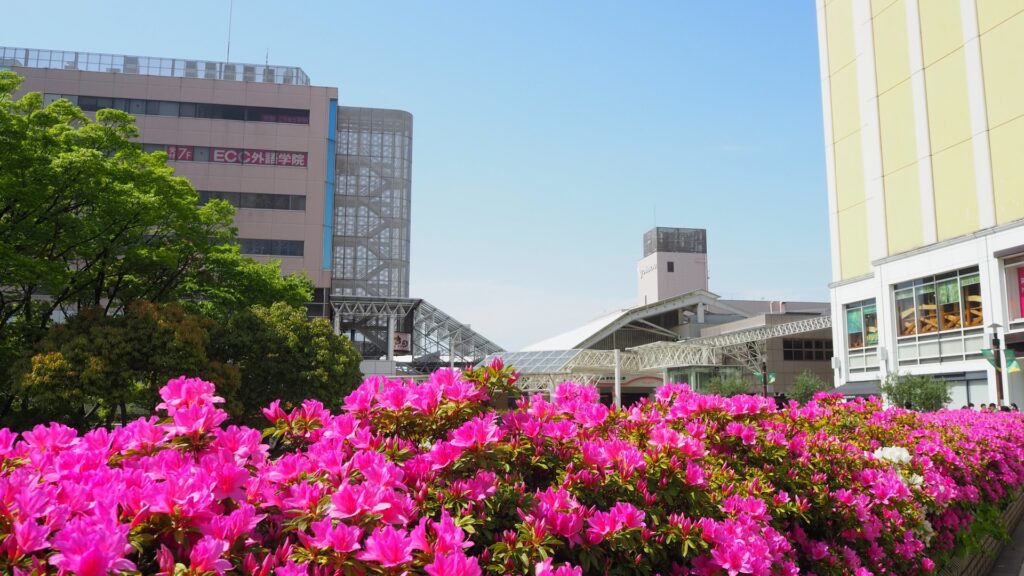
There is a Shingon sect temple called Seishukuzan Rengezoin Ozenji in this area, and now it is also the name of the residential area south of Shin-Yurigaoka Station. In ancient times, in the first year of Tenpyo Hoji (AD 757), the temple was built to enshrine Sho Kannon by order of Emperor Koken. It was called Koyasan of eastern Japan and was a place where trainee monks gathered.
In 1180, when Minamoto no Yoritomo was defeated in the first battle and revived in Awa Province (Chiba Prefecture), he traveled south from Musashi Province (Fuchu City, Tokyo Prefecture) and entered Kamakura via the Kamakura Kodo. In addition to Masugata Castle built by Inage Shigenari, who married the younger sister of Yoritomo’s wife Masako, there are legends of Kamakura Genji and Minamoto no Yoshitsune, such as Musashibo Benkei’s pot rolling at steep slope. In the Edo period, although Ozenji belonged to the Shingon sect, Tokugawa Ieyasu ordered Zojoji, the head temple of the Jodo sect, to protect Ozenji.
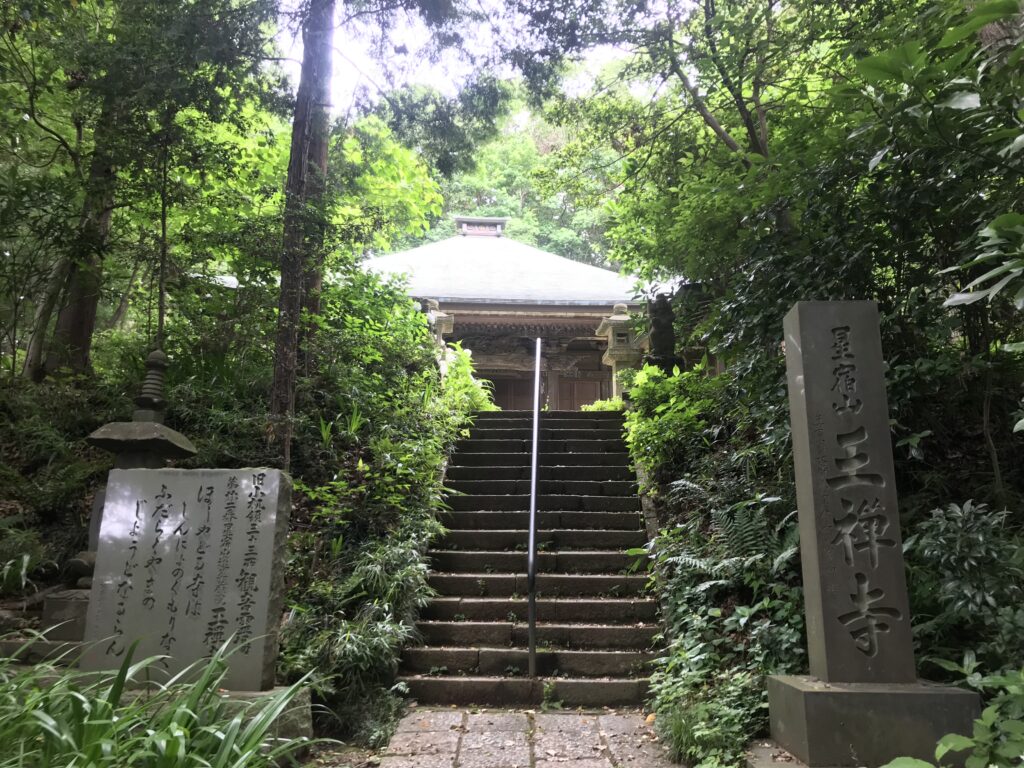
The development of residential areas in the Ozenji area began in 1969, and five years later, in 1974, Shin-Yurigaoka Station opened. From around 1992, large-scale commercial facilities began to accumulate in front of the station, giving rise to the townscape of today. Street trees such as dogwoods and ginkgo trees are planted in an orderly fashion along each street in the undulating residential area, creating a seasonal expression.
